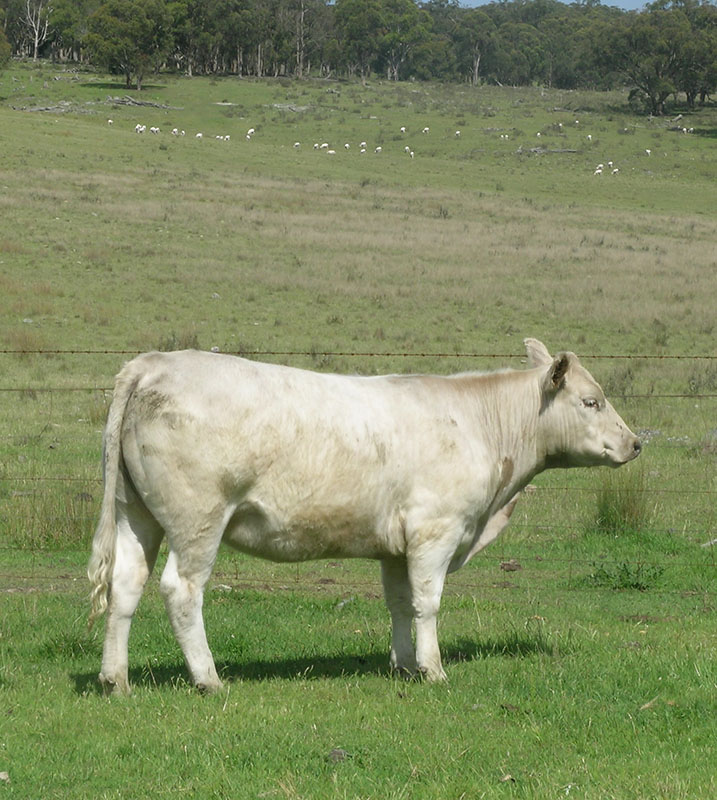A traditional roundup on a large ranch involves gathering all the cattle into a set of corrals to separate breeding stock from market-bound beef. As early fall sets in, the slowing grass growth signals the need to reduce the herd size to prevent overgrazing. Modern-day roundups employ a variety of tools: trucks, trailers, horses, ATVs, motorcycles, and sometimes even airplanes.
In my early days visiting the family ranches in northern New Mexico, I was tasked with driving large diesel-powered gooseneck trailers. We’d load up horses and pack the cab full of cowboys, then bump slowly to the far side of the pasture to drop off the horsemen. My instructions were to wait until my cousins were out of sight before following them with the truck and trailer back to the corrals. However, my limited driving experience left me ill-prepared for the big truck I was in charge of. I pushed every button and pulled every knob, cursing and crying alone in the wilderness, bewildered by my failure at this seemingly simple task. Though I knew I was safe from harm, I was terrified of the embarrassment that would come if someone had to rescue me. Thankfully, after no more than an hour of frustration, I found the right combination of key and pedals and made my way to the working pens for the next stage of sorting.
I rode a horse named Sally, the best cutting horse around. She preferred to jump over bushes and cacti rather than go around them. Her jumping prowess was so renowned that years later, when she was stolen, she found her way home and even taught her son how to jump fences and cattle guards. It takes all morning to clear thousands of acres on horseback. Once the cattle are penned up, Granddad would call for a lunch break of bologna and Wonder Bread under the lonely trees surrounding the windmill.
A courteous cowboy had loosened the cinches of the saddles on all the horses while we rested, as horses should rest when we do. Feeling a small sense of accomplishment, I was eager to be the first one back on horseback after lunch. I’m sure it was quite a spectacle to see me climb up into the saddle, only to watch as the saddle and I slowly slid off sideways under the horse. Sally just stood there, knowing full well I was no horseman. My cousins, to their credit, did not laugh… at least not out loud.
As we reminisce about these cherished ranch memories, we’re excited to share that it’s currently an excellent time to consider stocking your freezer for the winter. We’re proud to offer our premium dry-aged beef, perfect for those cozy family dinners and holiday gatherings ahead. Our beef is 100% grass-fed and grass-finished, ensuring the highest quality and flavor in every cut. The dry-aging process enhances tenderness and concentrates the beef’s natural flavors, resulting in a truly exceptional eating experience. Our next harvest will be available in early October. Don’t miss this opportunity to secure your supply of our nutrient-rich, sustainably raised beef – your taste buds (and your family) will thank you!
Stay Nourished,
Kenny

